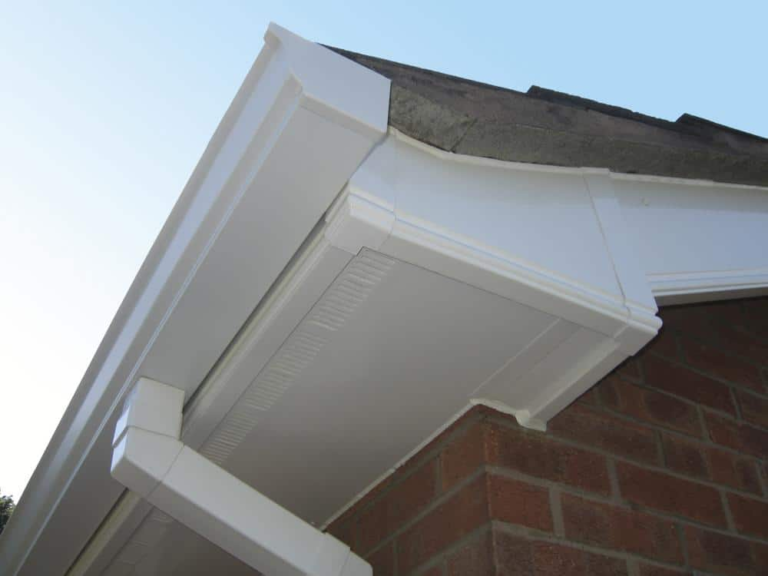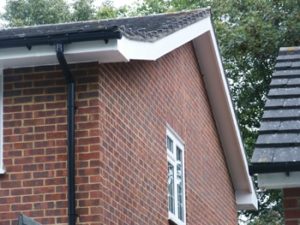
Fascias
Add a review FollowOverview
-
Founded Date March 3, 1980
-
Sectors Accounting
-
Posted Jobs 0
-
Viewed 45
Company Description
The 10 Most Terrifying Things About Fascia And Cladding
Understanding Fascia and Cladding: Essential Elements of Building Design
The visual appeals and functionality of a structure significantly depend on the exterior design and the materials used in building and construction. Among the appealing elements that add to the visual appeal and protection of a structure are fascia and cladding. This article will explore the definitions, purposes, material choices, installation procedures, and advantages of fascia and cladding in structure construction.

What is Fascia?
Fascia describes the band of product that runs horizontally along the edge of a roofing. Its main purpose is to support the lower edge of the roof and work as a barrier between the roofline and the outside environment, effectively sealing the roofing system structure to avoid moisture infiltration. Furthermore, fascia boards are critical in safeguarding the underlying structures, such as the rafter beams, from weather damage, bugs, and decay.
What is Cladding?
Cladding, on the other hand, is the external layer or covering of a structure that serves as a protective and decorative façade. It is used over structural walls to offer insulation, boost toughness, and boost visual appeal. Cladding can be made from different products, including wood, metal, PVC, stone, and composite materials.
Table 1: Key Differences in between Fascia and Cladding
| Criteria | Fascia | Cladding |
|---|---|---|
| Definition | A horizontal board at the roofing system’s edge | Exterior covering on walls |
| Function | Supports roofing edges and avoids moisture | Insulation, defense, and visual appeal |
| Products Used | Wood, PVC, aluminum | Wood, metal, vinyl, stone, brick |
| Aesthetic Impact | Minimal vs. cladding | Substantial visual effect |
Significance of Fascia and Cladding
Fascia Benefits:
- Weather Protection: Fascia protects roofing structures from rain, snow, and other weather condition aspects.
- Aesthetic Appeal: It supplies a smooth transition in between the roof and the wall, contributing to the general look of the structure.
- Obstructed Pests: Fascia boards prevent birds, pests, and other bugs from going into the roof space.
Cladding Benefits:
- Thermal Insulation: Cladding materials can offer additional insulation, lowering energy expenses.
- Moisture Barrier: Proper cladding acts as a barrier against moisture, protecting the underlying structures.
- Resilience: Cladding materials like metal or stone are resistant to weathering and can last a very long time with very little maintenance.
Types of Fascia Materials
Fascia products can vary considerably based upon performance, look, and cost factors to consider. The most typical products include:
- Wood: A conventional option that provides natural charm but needs regular maintenance to avoid decaying and contorting.
- PVC: A low-maintenance option that is waterproof and readily available in numerous colors.
- Aluminum: Resistant to rust and easy to set up, however might be less aesthetically appealing than other materials.
Types of Cladding Materials
Cladding materials encompass a broad variety of options, each with its distinct qualities:
- Wood: Provides a natural and warm aesthetic however requires treatment to withstand insects and weather.
- Vinyl: Affordable and low-maintenance, available in panels and various colors.
- Metal (Aluminum, Steel): Provides a contemporary appearance, is long lasting, and reflects energy efficiency.
- Brick: Traditional and strong, it offers excellent insulation and minimizes the need for frequent upkeep.
- Stone: Provides a high-end visual and remarkable sturdiness but can be expensive.
Installation of Fascia and Cladding
Installing Fascia
- Preparation: Remove old fascia (if relevant) and clean the location.
- Measure and Cut: Measure the length of the roof edge and cut the fascia material accordingly.
- Attaching: Secure the fascia board to the rafter ends using nails or screws.
- Sealing: Apply caulk around joints to make sure a water tight seal.
Installing Cladding
- Preparation: Ensure the wall surface is clean and level. Include a wetness barrier if necessary.
- Framing: Install vertical battens or a structure for the cladding to connect to.
- Procedure and Cut: Measure the cladding panels according to wall height and width.
- Attaching: Fix the cladding panels to the framework using defined fasteners, making sure correct alignment.
- Trimming and Finishing: Add trims at the edges and use any necessary sealants.
Frequently asked questions About Fascia and Cladding
What is the typical lifespan of fascia materials?
The life expectancy of fascia varies by material: wood can last approximately 20 years with correct maintenance, while PVC can last over 30 years, and aluminum has a lifespan even longer than that.
Is cladding essential for all buildings?
While cladding is not necessary, it is extremely useful for enhancing insulation and securing the structure from weather components. For commercial structures, it is practically necessary to ensure energy efficiency and aesthetic appeals.
Can I set up fascia and cladding myself?
DIY installation is possible for those with home enhancement experience; however, employing professionals is suggested for ensuring proper installation and adherence to structure codes.
Both fascia and cladding play essential functions in the durability and aesthetic appeal of a building. Comprehending the materials, advantages, and installation processes of each can significantly influence the efficiency and overall appearance of a structure. By choosing the right type of fascia and cladding, homeowners and builders can make sure that their structures are not only appealing however likewise well-protected against ecological aspects. As the need for energy-efficient and aesthetically pleasing structures continues to grow, accepting these important elements of design will stay essential.

